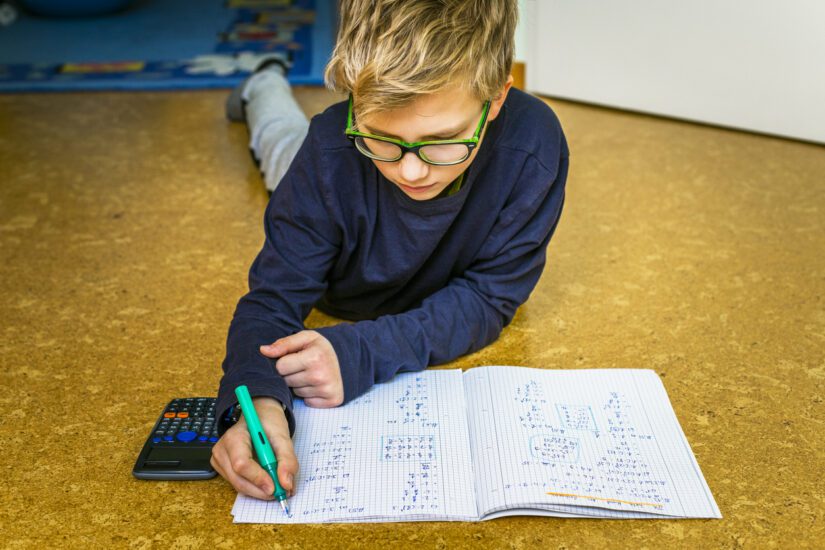Students almost universally consider math to be the most difficult subject in school, and math “flubs” are common for students of all ages. Read on to learn more about the most common math mistakes for young students!
Math is a very broad concept, and every student learns differently. As a result, there isn’t any specific area one can pinpoint as being the most “difficult” (say, long division). Click here to read our blog on some of the reasons why students find math so difficult to begin with. That said, there are several significant trends we’ve observed among students who frequently make math mistakes, and it’s important for parents to keep an eye out.
Difficulty finding relevance or visualizing concepts. Math concepts all have real-world applications, but it can be difficult to find relevance in these applications if they are not understood. Furthermore, many students have trouble visualizing core concepts in mathematical principles. For younger students, illustrative aids and hands-on tools are extremely common devices used by teachers to explain concepts like fractions, regrouping, and more. The classic example is that many young students will struggle with fractions, having trouble understanding why ¼ + ¼ = ½. However, illustrating this concept with a pizza suddenly makes it all clear! Illustrative aids are invaluable tools, and they are often required for some students to fully grasp a concept or topic.
Messy handwriting. For younger students, this is one of the most common problems. This contributes to mistakes in two main ways: first, students misread their own handwriting, and digits become mixed up (a student’s 7 looks like a 1). The second (and perhaps more common) reason messy handwriting contributes to math mistakes is because solving math problems involves lining up numbers in an organized way. From long division to place value, keeping numbers arranged in a column is a critical part of the problem-solving process. When students start slanting their writing on the paper, it’s easy to “carry over” into the wrong column. For more information on improving handwriting, check out our blog on the topic!
Not grasping core concepts. With all math, a certain degree of memorization is involved. However, it’s important for students not to rely solely on memorization techniques – otherwise, they may miss out on the larger concepts being introduced. A classic example of this is learning times tables, which are often taught through memorization techniques. As a result, it’s not uncommon for a student to have their times tables memorized but still experience difficulties with more complex multiplication. The concept may have been “learned” – but it was not truly understood. As we’ve discussed on our blog before, this is one of the ways that learning gaps form. Learning gaps are best tackled by revisiting core ideas and concepts, which is a key area of math-focused tutoring.




